Markha Valley – Ladakh
The Markha Valley Trek is certainly one of the most varied and beautiful treks in the world. It ventures high into the Himalayas crossing two passes over 15,000 ft (4575m) as it circles from the edges of the Indus Valley, down into parts of Zanskar, and passes through terrain that changes from incredibly narrow valleys to wide-open vast expanses! It is made all the more interesting by the ancient form of Buddhism that flourishes in the many monasteries that dot the landscape perched high atop hills.The trails are decorated by elaborate “chortens”(shrines) and “mani”(prayer) walls which further exemplify the region’s total immersion in Buddhist culture.Apart from the striking contrast of trekking in an arid cold desert valley, you get an outstanding view of Ladakh and Zanskar ranges, the 21,000 ft Kang Yissay and the 20,086 ft Stok Kangri peaks.The trek goes inside a beautiful Hemis National Park and involves two pass crossings- Gandala La (15748 ft) and Kongmaru La, (17,060 ft).Some exciting waist-deep river crossing sections on Markha River to trails going across interesting Buddhist villages and rocky canyons are some of the features that give this trek a unique fervor.

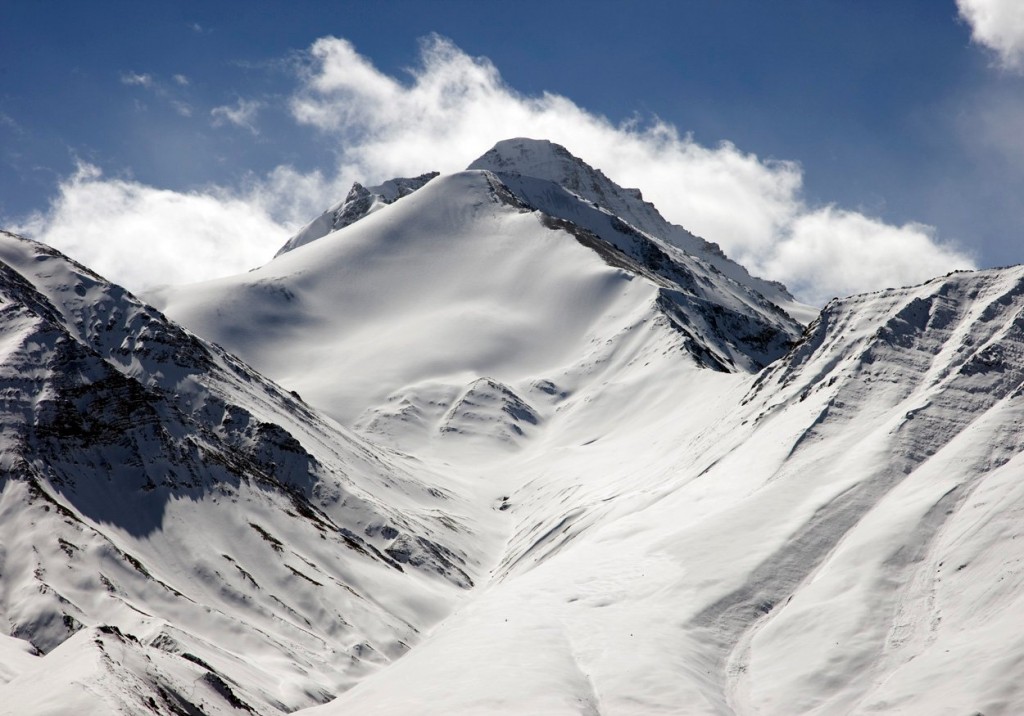
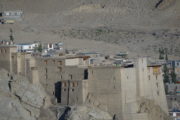
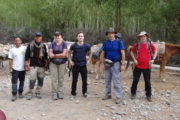
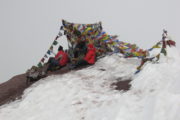
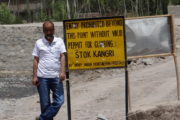
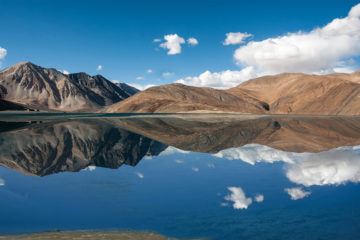
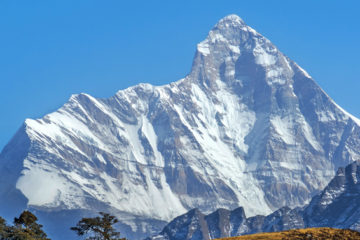
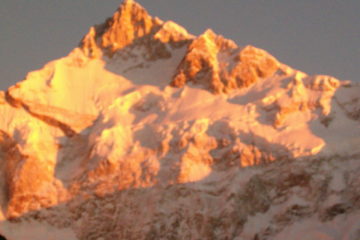
Tour Reviews
There are no reviews yet.
Leave a Review